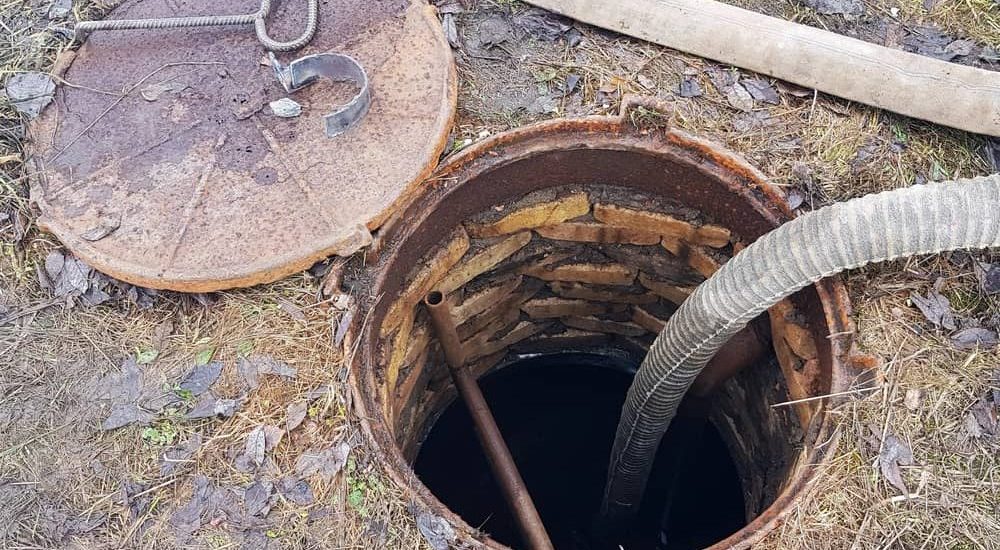Wastewater Treatment Systems

Your Local Wastewater Treatment Brisbane Specialists
We know that wastewater treatment plants can be confusing and expensive. That’s why we want to make it easy for you by walking you through the process every step of the way. From design to installation, we will be there with you every step of the way. And our expert technicians will make sure that your plant is perfect for your property.
Types of Wastewater Treatment Solutions
Cesspools
Cesspools are sealed underground tanks used to temporarily store wastewater until it is collected and disposed of by a licensed waste carrier. While simple, they require frequent emptying and have no treatment capability, meaning effluent quality is not improved beyond collection.
Septic Tanks
Septic tanks separate solids from liquids and provide partial treatment before effluent enters a drainage field. Effluent is typically of a moderate standard, needing further filtration in sensitive areas.
- Effluent Quality: Through natural settling and anaerobic processes, septic tanks provide initial treatment but can leave significant nutrient levels.
- Regulations: Often meet basic discharge standards but may not comply with stricter nutrient neutrality areas. In most cases they can only discharge into a soakaway or drainage field.
Sewage Treatment Plants
Sewage treatment plants are designed to treat household wastewater to a high standard, significantly improving effluent quality compared to simpler solutions like septic tanks. One of the most advanced types of these systems is the sequencing batch reactor (SBR). Systems such as the One2Clean utilise SBR technology to deliver effective and efficient treatment processes.
What is SBR Technology?
SBR technology involves treating wastewater in batches through a series of processes that occur in the same tank. This technology follows a sequence of filling, aerating, settling, and discharging, allowing for a compact and efficient treatment process. The key advantages of SBR technology include:
- Aeration Phase: During this stage, the wastewater is aerated to promote the growth of aerobic bacteria that break down organic matter. This enhances biological degradation, leading to a cleaner effluent.
- Settling Phase: After aeration, the sludge settles to the bottom of the tank, allowing for clear separation between treated water and solids.
- Discharge Phase: The treated water, or effluent, is then drawn off the top, leaving sludge behind for further treatment in subsequent cycles.
How SBR Technology Improves Effluent Quality
- Enhanced Biological Treatment: The controlled aeration and cycling ensure robust biological activity, effectively reducing organic content and ammonia levels in the effluent.
- Flexible Operation: The batch-orientated process allows for adjustments in aeration and settling times, enabling the system to respond effectively to varying load conditions.
- Improved Nutrient Removal: SBR systems can be tailored to enhance nutrient removal, including nitrates and phosphates, making them suitable for areas with stringent nutrient neutrality guidelines.
Effluent Quality
SBR technology is known for producing high-quality effluent with significantly reduced levels of organic matter and nutrients. This is particularly important in areas where environmental regulations require low-pollutant discharge to prevent issues such as eutrophication in local water bodies.
Regulations
These systems typically meet or exceed the requirements for nutrient neutrality, which are vital for protecting sensitive environments. By achieving high levels of nutrient reduction, SBR systems help ensure compliance with the Environment Agency’s standards, particularly in areas where reducing nutrient load is crucial.
Factors to Consider for Homeowners and Self-Builders
When selecting a wastewater treatment system, several factors need careful evaluation to ensure the system is appropriately tailored to your needs and complies with local regulations:


Advanced Enviro-Septic Systems
Advanced Enviro-Septic (AES) systems are an environmentally friendly wastewater treatment option that offer reliable wastewater treatment without the needs for complicated maintenance or extensive infrastructure. AES systems are a modern secondary septic solution that treat wastewater onsite, recycling wastewater for reuse around the home or commercial property.
AES systems are designed to replace the traditional septic tank system, which requires regular pumping and maintenance, with highly efficient filtration tanks that require very little attention. AES systems incorporate a range of treatments, including mechanical, biological, and chemical, to effectively reduce all waste water contaminants while producing clean water suitable for use.
AES systems have been found to be an efficient and cost-effective way to reduce the risk of wastewater pollution, reducing the amount of solid waste that would otherwise end up in our waterways.
